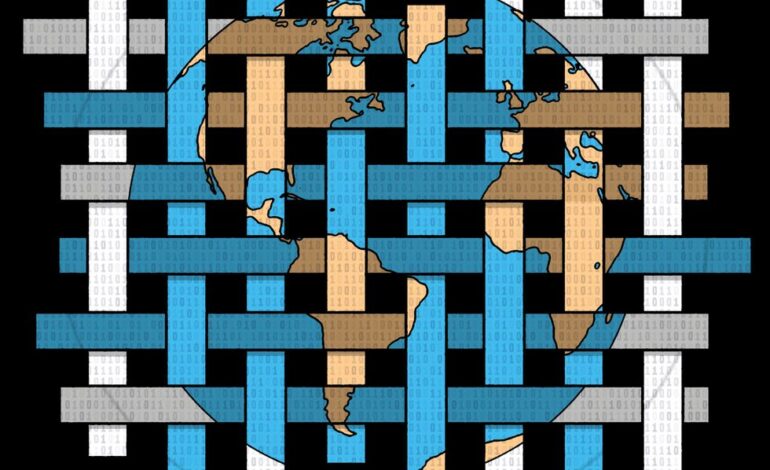Internet Evolution: Exploring the Seven Phases of Connectivity

The Internet has transformed from a research experiment in the 1970s into a global infrastructure that connects billions of devices and people today. Over the past six decades, this evolution can be categorized into seven distinct phases, each building on the last. These phases reflect not only advancements in connectivity but also the profound impact on society, reshaping how individuals interact, work, and live.
Phase 1: The Original Internet
The journey began in the 1970s with the creation of the original Internet, designed to interconnect computer networks. It was revolutionary not only due to its architecture but also its commitment to openness. By adopting common protocols, diverse networks could connect regardless of geographical limitations. Early applications such as email and file transfer demonstrated that connectivity could democratize access to information. Between 1991 and 1993, the introduction of the World Wide Web transformed the Internet from a niche research tool into a global platform for information exchange, paving the way for broader adoption.
Phase 2: The Mobile Internet
The early 2000s marked the next significant leap with the emergence of mobile Internet. As smartphones gained popularity, connectivity became portable. The Internet was no longer confined to desktops; it became a resource carried in pockets and bags. This shift connected billions of people globally, fundamentally changing communication, commerce, and entertainment. Social networks thrived, mobile payments reached previously underserved populations, and services like ridesharing became commonplace, illustrating how connectivity evolved from a deskbound experience to an always-on digital network embedded in daily life.
Phase 3: The Internet of Things (IoT)
Connectivity further expanded in Phase 3 to encompass all digital devices capable of networking, resulting in the Internet of Things (IoT). Sensors, appliances, and machinery in homes, factories, and cities continuously stream data, effectively creating an invisible nervous system linking the physical and digital worlds. This phase has significant implications for various industries, including healthcare and agriculture, where innovations such as connected tractors and soil sensors enable smart farming techniques that boost crop yields while conserving resources.
Phase 4: The Internet of AI Agents
Currently, we are witnessing a profound shift with the rise of AI agents. These agents are not merely data transmitters; they can perceive, reason, and act autonomously. This phase is characterized by the interconnectedness of these agents, which enhances productivity and resilience in digital and physical economies. As agents collaborate across networks, they create new forms of value, making the “Internet of AI Agents” a critical component of the connected future.
Phase 5: The Internet of Senses
The next phase, the Internet of Senses, expands connectivity from mere information exchange to the sharing of experiences. This immersive connectivity enriches interactions between humans and machines, laying the groundwork for embodied intelligence in the physical world. As technology advances, the ability to perceive and share sensory experiences will redefine how we interact with our environment.
Phase 6: The Ubiquitous Internet
As billions of devices and AI agents come online, seamless connectivity becomes increasingly vital. Phase 6, known as the Ubiquitous Internet, focuses on integrating various network infrastructures—cellular, Wi-Fi, Ethernet, and satellites—into a cohesive global network. This integration aims to provide connectivity everywhere, from remote villages to the vastness of space, thus supporting the next advances in autonomy and intelligence.
Phase 7: The Quantum Internet
The final phase represents the quantum frontier, where quantum communication, networking, and computing converge. Unlike the classical Internet, which transmits bits, the Quantum Internet distributes qubits through entanglement and teleportation. Early demonstrations have shown its potential for ultra-secure communication and unprecedented precision in environmental monitoring. As quantum networking evolves, it will interconnect distributed quantum processors, creating a planetary-scale connected computer system that can solve complex problems collaboratively.
The evolution of the Internet across these seven phases highlights an ongoing journey of connectivity, expanding from computers to mobile devices, and now integrating AI and quantum technologies. Each phase not only addresses the limitations of the previous one but also opens new frontiers for the future. As the Internet continues to develop, it is poised to become an intelligent, resilient, and universal fabric upon which the future of digital interaction will be built. Connectivity is no longer just a foundation; it is increasingly becoming integral to intelligence itself.





